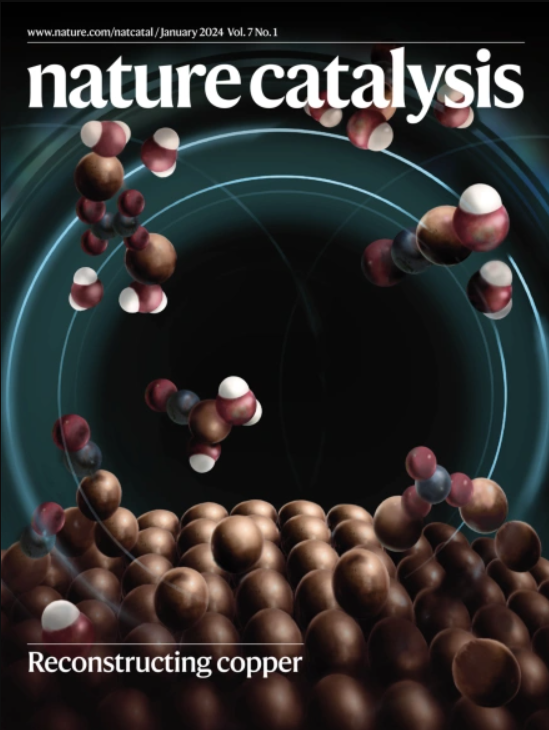A modular synthesis of azetidines from reactive triplet imine intermediates using an intermolecular aza Paternò–Büchi reaction
IF 44.6
1区 化学
Q1 CHEMISTRY, PHYSICAL
引用次数: 0
Abstract
Azetidines are four-membered saturated N-heterocycles that are of interest in discovery chemistry. However, the implementation of these structures is limited by their synthetic intractability, resulting from their inherent ring strain. An approach that circumvents this is the intermolecular [2 + 2] photocycloaddition between imines and alkenes. However, this is unworkable with simple acyclic imines and non-activated alkenes, due to the inability to generate suitably reactive imine-derived triplet intermediates. Here we show that simple acyclic imines bearing N-sulfamoyl fluoride substituents generate reactive triplet imines that react with a broad range of alkenes to produce azetidine products in high yields. Mechanistic and computational studies confirm the key role of the sulfamoyl fluoride unit in dictating the [2 + 2] pathway. In addition, the sulfamoyl fluoride substituents offer a convenient reaction site for product functionalization or for traceless removal. The advent of synthetically useful imine-derived triplets should initiate further research and applications of these elusive reactive intermediates. Azetidines are four-membered saturated N-heterocycles that are of interest in drug discovery and medicinal chemistry. Here the authors report how sulfamoyl fluoride substituents tune the reactivity of acyclic imine-derived triplet intermediates for the synthesis of azetidines via a [2 + 2] photocycloaddition reaction with alkenes.


用分子间aza Paternò-Büchi反应从反应性三态亚胺中间体合成氮杂啶的模块化方法
氮杂环是一种四元饱和n杂环,在发现化学中具有重要意义。然而,由于其固有的环应变,这些结构的实现受到其合成复杂性的限制。规避这一问题的一种方法是亚胺和烯烃之间的分子间[2 + 2]光环加成反应。然而,这对于简单的无环亚胺和非活化烯烃是不可行的,因为无法生成适当的反应性亚胺衍生的三重中间体。本研究表明,含n -磺酰氟取代基的简单无环亚胺可生成反应性三亚胺,与多种烯烃反应,以高收率生产氮杂啶产品。机制和计算研究证实了磺酰氟单元在决定[2 + 2]途径中的关键作用。此外,磺酰氟取代基为产物功能化或无痕迹去除提供了方便的反应位点。合成上有用的亚胺衍生三联体的出现,应该会开启这些难以捉摸的反应中间体的进一步研究和应用。
本文章由计算机程序翻译,如有差异,请以英文原文为准。
求助全文
约1分钟内获得全文
求助全文
来源期刊

Nature Catalysis
Chemical Engineering-Bioengineering
CiteScore
52.10
自引率
1.10%
发文量
140
期刊介绍:
Nature Catalysis serves as a platform for researchers across chemistry and related fields, focusing on homogeneous catalysis, heterogeneous catalysis, and biocatalysts, encompassing both fundamental and applied studies. With a particular emphasis on advancing sustainable industries and processes, the journal provides comprehensive coverage of catalysis research, appealing to scientists, engineers, and researchers in academia and industry.
Maintaining the high standards of the Nature brand, Nature Catalysis boasts a dedicated team of professional editors, rigorous peer-review processes, and swift publication times, ensuring editorial independence and quality. The journal publishes work spanning heterogeneous catalysis, homogeneous catalysis, and biocatalysis, covering areas such as catalytic synthesis, mechanisms, characterization, computational studies, nanoparticle catalysis, electrocatalysis, photocatalysis, environmental catalysis, asymmetric catalysis, and various forms of organocatalysis.
 求助内容:
求助内容: 应助结果提醒方式:
应助结果提醒方式:


